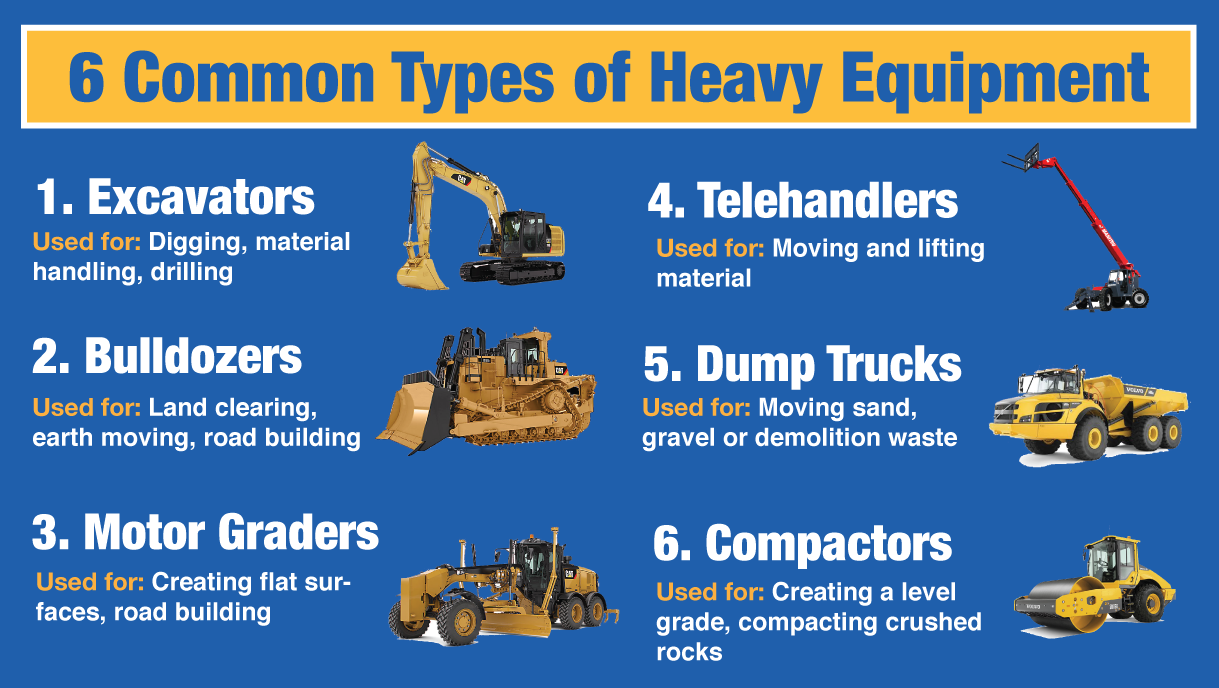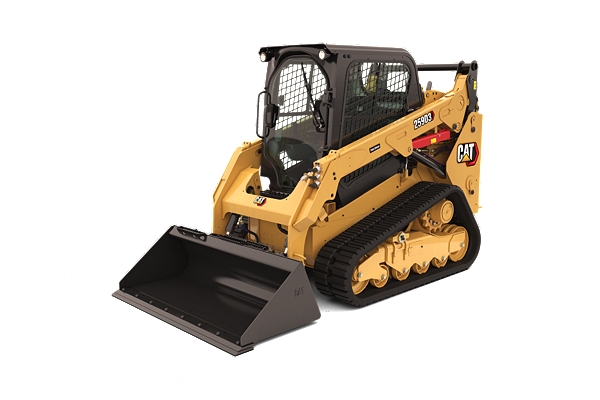Heavy Equipment Rental: High-Quality Machinery for Lease
Heavy Equipment Rental: High-Quality Machinery for Lease
Blog Article
Renting Out Vs. Buying Building And Construction Equipment: Making the Right Selection for Your Job
When starting a building and construction task, among the essential choices that forecast managers and stakeholders face is whether to purchase or lease building tools. Both alternatives have their drawbacks and advantages, making the choice a crucial one in the job preparation process. The choice rests on different variables such as expense considerations, task duration, equipment upkeep, danger, scalability, and versatility administration. Each aspect plays a vital role in figuring out one of the most ideal course for the job's equipment requirements. dozer rental. Let's explore these elements even more to recognize exactly how they impact the decision-making process and ultimately the success of the project.
Cost Considerations
Renting out devices usually needs reduced preliminary settlements contrasted to buying, making it an attractive alternative for short-term tasks or specialists with budget restraints. In the lengthy run, constantly leasing tools can accumulate greater expenses than buying, especially for extensive projects.
On the other hand, buying construction devices includes greater upfront prices yet can result in lasting savings, especially for constant users or long-term jobs. Having equipment offers adaptability, ease, and the capacity for resale worth once the project is finished. Additionally, having tools enables for modification and familiarity with specific equipment, possibly increasing performance and productivity on-site. Inevitably, the decision between renting out and purchasing construction equipment hinges on the job's period, frequency of use, budget considerations, and long-term monetary goals.
Task Duration

On the other hand, for long-term tasks or ongoing construction work, purchasing equipment could be the much more cost-effective choice. Buying tools can bring about cost savings in the lengthy run, particularly if the equipment will certainly be regularly used. Additionally, having tools gives a feeling of control over its availability and permits for customization to fit details project demands.

Equipment Maintenance
Provided the crucial duty project duration plays in figuring out the most cost-effective method in between buying and renting building devices, the emphasis now shifts in the direction of examining the important facet of equipment maintenance. Correct upkeep is vital for making sure the ideal performance and durability of construction tools. Leasing tools frequently includes the benefit of having actually well-kept equipment given by the rental company. This can relieve the worry of maintenance jobs from the project proprietor or contractor, conserving time and effort. On the other hand, owning equipment calls for an aggressive approach to maintenance to avoid breakdowns, guarantee security, and expand the devices's life-span. Regular assessments, servicing, and prompt repairs are essential to maintain owned devices in leading working condition. Consider upkeep prices when deciding in between purchasing and leasing, as overlooking upkeep can result in pricey repairs, downtime, and project hold-ups. Eventually, a well-maintained building equipment fleet, whether rented or possessed, is important for the effective and efficient conclusion of construction tasks.
Versatility and Scalability
In the world of building tools management, the aspect of adaptability and scalability holds substantial relevance for project performance and resource application. Choosing to rent out building tools offers a high level of versatility as it permits for the fast change of equipment kinds and amounts based on the progressing needs of a job.
Leasing building equipment provides the advantage of conveniently scaling operations up or down as job demands fluctuate. Contractors can promptly exchange or add devices to match the task's transforming needs without the restrictions of having assets that might come to be underutilized or out-of-date.
Danger Administration
Efficient threat management in building and construction equipment operations is critical to making sure job success and mitigating prospective monetary losses. Construction tasks inherently include different threats, such as Your Domain Name equipment failures, crashes, and job hold-ups, which can substantially influence the task timeline and spending plan. By very carefully thinking about the threats connected with owning or renting building and construction devices, task managers can make enlightened decisions to decrease these potential risks.
Leasing building devices this article can use a degree of danger mitigation by moving the obligation of repair and maintenance to the rental firm. This can lower the monetary burden on the job owner in case of unanticipated tools failings (rental company near me). Furthermore, renting offers the adaptability to gain access to customized tools for specific project stages, reducing the danger of possessing underutilized equipment
On the various other hand, owning building tools supplies a feeling of control over its use and maintenance. Nevertheless, this additionally indicates birthing the full obligation for fixings, maintenance prices, and devaluation, increasing the monetary dangers connected with equipment possession. Careful threat assessment and factor to consider of factors such as task period, devices use, and upkeep needs are crucial in figuring out one of the most ideal alternative for effective threat administration in building and construction projects.
Conclusion
To conclude, when choosing in between renting and buying construction tools, it is crucial to think about expense, task period, equipment upkeep, scalability, adaptability, and risk administration. Each aspect plays an essential duty in determining the most ideal option for the job available. By carefully reviewing these elements, project managers can make an enlightened decision that aligns with their spending plan, timeline, and overall project goals.

Report this page